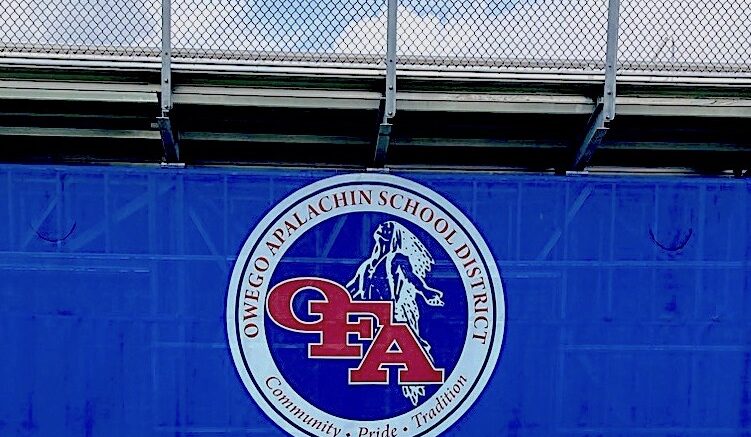In November of 2022, New York’s Department of Education banned the use of Native American mascots, a directive that was further emphasized on Tuesday, April 18, by the New York State Board of Regents who voted unanimously to ban the use of Indigenous mascots, nicknames, and imagery by the state’s school districts.
The NYS DOE also noted in 2022 that schools across the state that continue using Native American names could lose funding. The April 18 decision by the New York State Board of Regents was the official vote on the directive that the New York State Department of Education sent to all districts on Nov. 17, 2022, followed up with more information on Dec. 1, 2022.
According to Luke McEvoy, OA spokesperson, it was during this time that the district collected significant stakeholder feedback and questions, while forming committees to navigate the process and regulations.
The current timeline for action, according to McEvoy, is as follows. The NYS Board of Regents decision made on April 18 became a permanent rule on May 3. Districts must commit to replacing their Native American name, logo, and/or imagery by the end of the 2022-23 academic year. Districts have until the end of the 2024-2025 academic year to remove and replace names, logos, and/or imagery.
As the district moves forward, two committees will be working simultaneously. A student committee will guide the process to comply with the regulation, and will continue seeking feedback from all stakeholders and present proposals to the Board of Education and the school community.
The community stakeholder committee will focus on how to respectfully remember and honor the district’s history within the regulations, and continue to teach the historical significance of the area to current and future OA students.
For alumni from OFA, and residents of Owego, word about this directive stirred much conversation and emotions surrounding the beloved Owego Indian.
Patrick Gavin, Owego Free Academy Class of 1997, began contacting Indian Tribes, with OA School Board awareness and approval, in the hopes of saving the Indian name and symbol in an effort to satisfy the NYS DOE directive.
According to Gavin, five tribes were contacted for approval that have varying ties to Owego to include the Cayuga and Onondaga Nations, whose ancestral hunting grounds are where Owego Free Academy currently resides; the Tyendinaga Mohawks, where Sa Sa Na Loft hailed from; the Saint Regis Mohawks, also connected to Sa Sa Na Loft; and the Nanticokes, whose Tribal Members may have been the ones that gave Owego, also known as Ahwaga, the name prior to settlement in 1779.
Unfortunately, Gavin further reported, the Iroquois Caucus did not grant approval.
“They were the most sympatric to our cause, but after consultation with their Iroquois Caucus the Tyendinagas did not issue an approval,” Gavin added. You can view the meeting at www.youtube.com/watch?v=VdSXKWxyHs8.
Gavin also urged the school district to hold off on making the change until the end of the 2024-2025 academic year as the directive allows for potential legal and legislative action that may be forthcoming to play out.
“Although I know the end may be near for our Owego Indian name and symbol, I also know Owego will come out stronger as it always does,” said Gavin.
All of the latest information and future updates can be found at www.oacsd.org/page/mascot. To join the conversation, visit www.oacsd.org/page/lets-talk.



Thank you Patrick Gavin for attempting to do what the OA administration ought to be doing.
As a Village norm, born and raised here, I have great pride in being an Owego Indian…especially because I am 25% Native American…as are others in our town built on Indigenous soil.